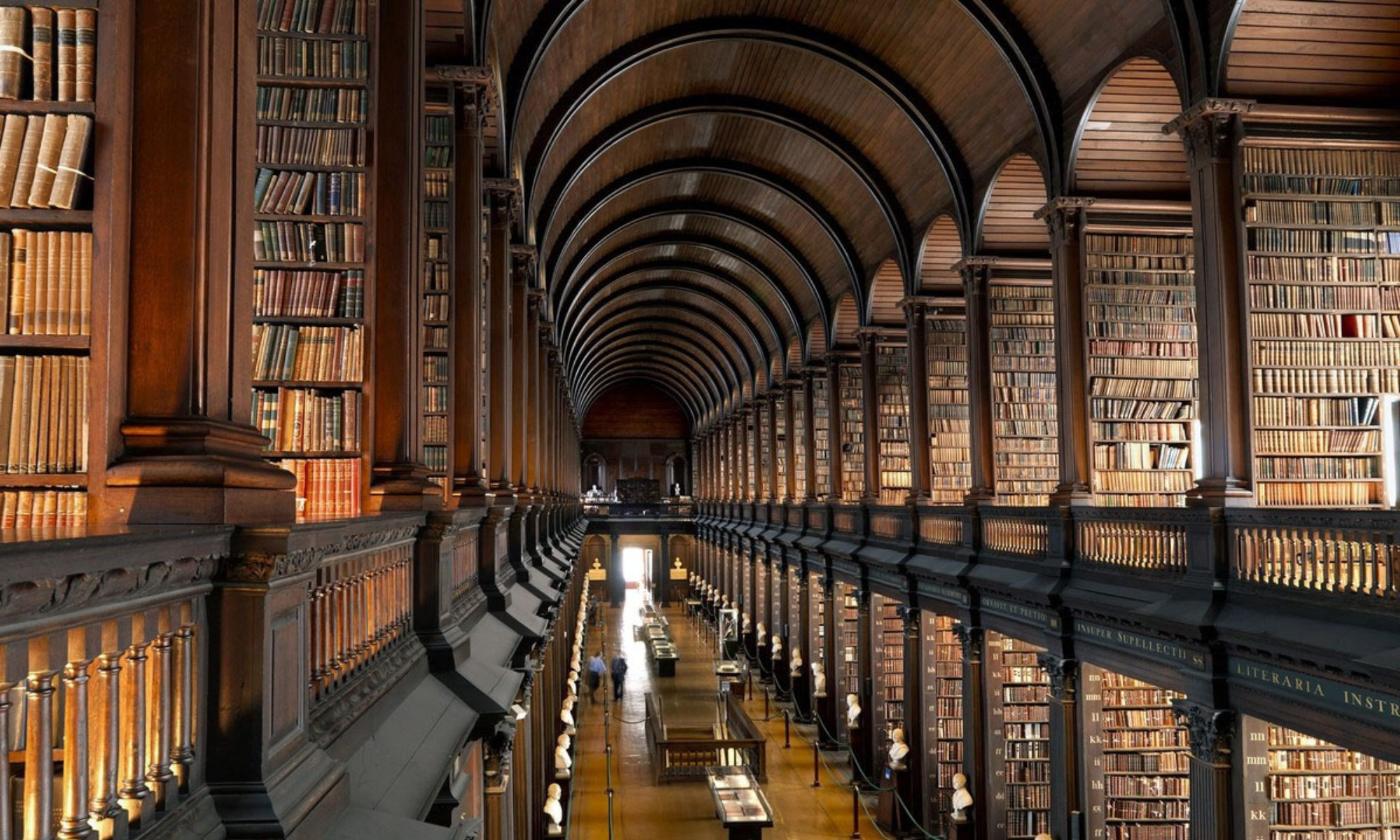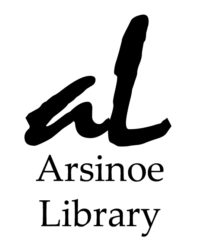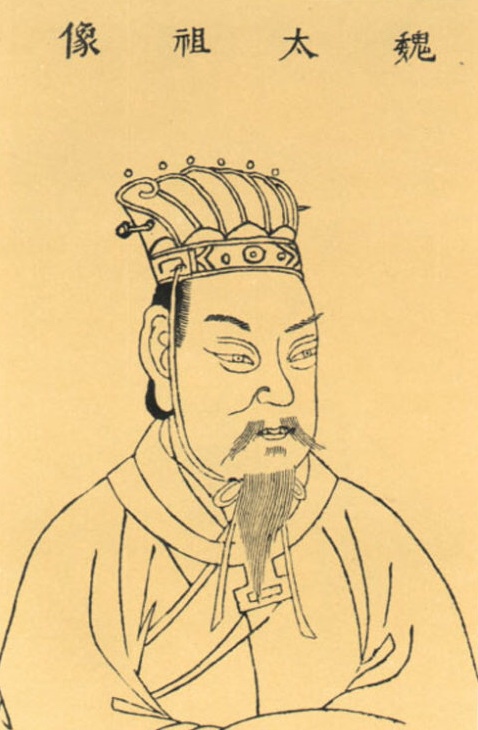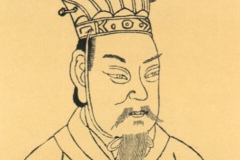Lifespan: (155-220), died at age 65. Age 34 when Dong Zhuo seized the Imperial government (189). Age 41 when he seized the Imperial government (196). Age 45 when he fought at the Battle of Guandu (200). Age 53 when he fought at the Battle of Chibi (Red Cliff)(208).
Birth/Death place: born in Qiao, Principality of Pei (present-day Bozhou, Anhui). Died a naturally at Luoyang.
Cao Cao 曹操 (155-220), posthumous imperial title “Emperor” Wei Wudi 魏武帝, was one of the powerful warlords at the end of the Later Han dynasty 後漢 (25-220). Although Cao Cao’s intention was to protect the under-age emperor of the Han dynasty, his son Cao Pi 曹丕 ended the Han dynasty by his proclamation of the Wei dynasty in 220 CE that was to be one of the so-called Three Kingdoms 三國 (220-280). Cao Cao was not the founder, but the ancestor of the Wei 魏 or Cao-Wei dynasty 曹魏 (220-265). Cao Cao is known as a formidable politician and military leader.
Cao Cao, courtesy name Cao Mengde 曹孟德, came from Pei 沛 in modern Anhui. His father Cao Song 曹嵩 had been raised by a court eunuch called Cao Teng 曹騰 and was able to climb the ladder of official career to the position of Defender-in-chief (taiwei 太尉). Cao Cao himself became a court gentleman and took part in the suppression of the Yellow Scarves uprising 黃巾起義. For his successful campaign he was appointed commandant of the control army (dianjun xiaowei 典軍校尉).
When Dong Zhuo 董卓 destroyed the eunuch faction at the imperial court and assumed dictatorial power of the central government, Cao Cao moved to Luoyang where he began assembling an army to attack Dong Zhuo, jointly with the powerful warlord Yuan Shao 袁紹. Cao Cao was the only commander of the rebel armies who dared attacking Dong Zhuo and his foster son, Lu Bu. When he successfully drove Dong Zhuo out of the capital, he was rewarded with the post of governor (taishou 太守) of the commandery of Dongjun 東郡. In 192, Cao Cao was again dispatched to the field to suppress the Yellow Scarves uprising in the eastern part of the empire. In the subsequent years, Cao Cao demonstrated his superior military skills in the campaigns against a series of local potentates that challenged the Han dynasty. He defeated Yuan Shu 袁術, Tao Qian 陶謙, Zhang Miao 張邈 and Lu Bu 呂布 and finally was the sole military leader that could challenge the powerful general Yuan Shao. In 200, he defeated the vastly superior army of Yuan Shao in the battle of Guandu 官渡 (modern Zhongmou 中牟, Henan) and was able to secure the whole of northern China for the dynasty. He also forced the tribal federation of the Wuhuan 烏桓 into submission that controlled China’s northeast.
Yet already before these victories had been achieved, Cao Cao had won control over the young Emperor Xian 漢獻帝 (r. 189-220). In 196, his advisors Mao Jie 毛玠 and Xun Yu 荀彧 suggested bringing the emperor to Xuxian 許縣 (modern Xuchang 許昌, Henan) that was made the capital of the empire. Because the central government had lost its grip on the local administration and the tax collection, the surroundings of the new capital were transformed into agrarian colonies (tuntian 屯田) that promised a higher grain and tax yield for the government. In the following years the territory that could controlled from Xuxian expanded, and Cao Cao’s officials established granaries that ensured the supply for the military campaigns.
Cao Cao’s method to recruit officials differed widely from that of the Later Han period, where literary education in the Confucian Classics had been the most important reason for appointment and promotion. For the new leader of China, competence and abilities were more important than education. He was later blamed for his reckless appointment of illiterates and even bandits to highest positions. The Confucians criticized him as a legalist ruler over-emphasizing merit and subservience instead of righteousness and moral virtues, preferring punishment to benevolence.
In 208 Cao Cao was appointed Counsellor-in-chief (chengxiang 丞相). In the following years he tried to conquer southern China that was controlled by Liu Biao 劉表, Sun Quan 孫權 and Liu Bei 劉備. Liu Biao’s son Liu Cong 劉琮 submitted to Cao Cao, but the two others were able to resist the ruler of the north. In the battle of the Red Cliff (Chibi 赤壁, modern Puqi 蒲圻, Hubei) in 208, Cao Cao’s army was heavily defeated, and he considered a conquest of the south as impossible. Instead, Cao Cao solidified his rule over the north, suppressed rebellions like Ma Chao 馬超 and Han Sui’s 韓遂 uprising in the west and the secular state of the Daoist leader Zhang Lu 張魯 in the region of Hanzhong 漢中.
Although he was still theoretically a subject of the Han dynasty, Cao Cao factually ruled as an emperor. He was given the title of Duke of Wei 魏, later as Prince (wang 王) of Wei. He used the banner of an emperor, wore the robes and caps of an emperor and was revered with all honors only a ruler was allowed to be addressed with. Yet it was only his son who formally made an end to the Han and proclaimed the Wei dynasty.
Cao Cao was the first person to comment the military classic Sunzi bingfa 孫子兵法 and also compiled a lot of military treatises by himself. He was also a renowned poet and composed a lot of elegies like Xielu xing 薤露行, Haoli xing 蒿里行 or Buchu Xiamen xing 步出夏門行. He supported many poets at his court, inducing the flourishing age of poetry during the the Jian’an reign 建安 (196-219).
Sources:
Chen Shou, et al. (c. 280). Sanguozhi “Records of the Three Kingdoms”. Additions were added by Pei Songzhi (c. 400), named: Sanguozhi zhu “Annotations to Records of the Three Kingdoms”.
Fan Ye, et al (c. 450). Hou Hanshu “Book of the Later Han”, a.k.a. “History of the Later Han”.
Wang Qi (c. 1607). A Ming dynasty illustration of Cao Cao in the Sancai Tuhui. Accessed Jan. 2020 – https://en.wikipedia.org/wiki/File:Cao_Cao_scth.jpg. Image is in the public domain.
Zhu Zongbin (1992). Zhongguo da baike quanshu, Zhongguo lishi. Beijing/Shanghai: Zhongguo da baike quanshu chubanshe, vol. 3, p. 1213. Chinaknowledge.de, March 8, 2011. Accessed Jan. 2020 – https://www.chinaknowledge.de/History/Division



